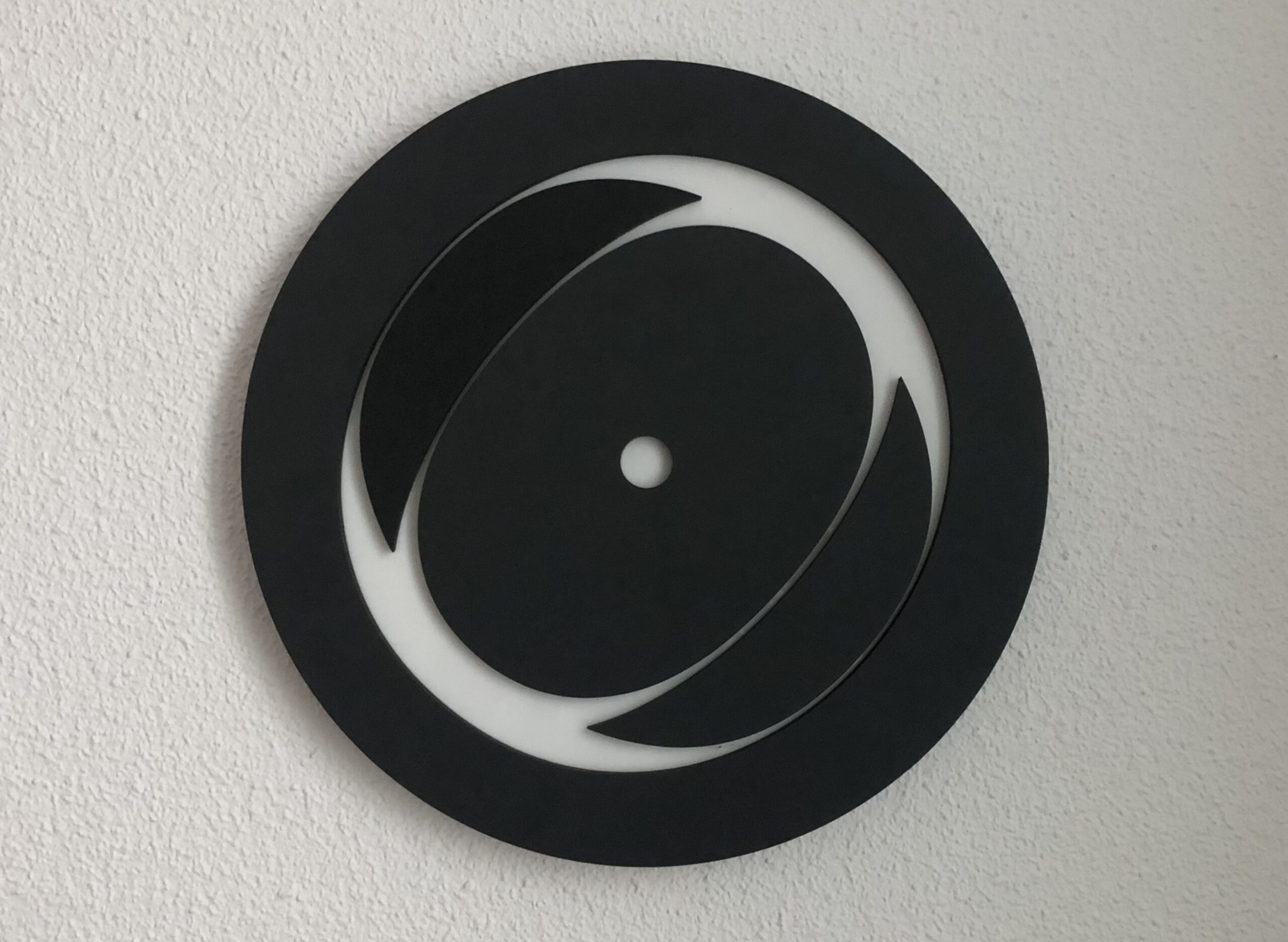ADHD, What is It?
ADHD is one of the most common neurodevelopmental disorders in children and adolescents. Additionally, it is a disorder that persists throughout adulthood in about 50% of the cases. Furthermore, adult ADHD often occurs with the existence of another mental health disorder such as anxiety, depression or substance use disorder. This comorbidity often hinders a straightforward diagnosis.
Historically, ADHD in children have received different names such as ¨minimal brain dysfunction¨ or Hyperkinesis¨. There have been then similar descriptions of the condition for at least more than hundred years now.
ADHD persists from childhood
Epidemiological studies have shown that around 50% of children diagnosed with ADHD continue having the disorder during adulthood what seems to be equivalent to a prevalence around 3.5% of the people aged between 18 and 45 years old.
ADHD late-onset subtype
As for now, the DSM 5 criteria requires the person to have had several inattentive or hyperactive-impulsive symptoms prior to age 12 years. Therefore, unless specific cases where ADHD is secondary to any other health condition occurring after 12 years of age, there is no current diagnostic category for late onset ADHD. Some recent studies suggest that in some cases ADHD can have an onset during adulthood without history of the disorder during childhood, but this would possibly represent a different syndrome and that is still under debate.

Causes of ADHD in adults
Although not completely known, the pathogenesis of Adult ADHD seems to be related to dysfunction in brain networks connecting subcortical as well as frontal and parietal lobes areas.
ADHD runs in the families and the likelihood of parents of children with ADHD of also having the disorder is increased by around 5 times.
ADHD symptoms in adults
As in children, the main symptoms of ADHD consist of inattention, impulsiveness, hyperactivity or restlessness but also emotional dysregulation. It is characteristic of adults to have fewer classic expressions of hyperactivity or impulsivity (such as increased movements) but this would express in the form of talkativeness, interrupting others or feeling fidgety. However, inattention or deficits in executive functions are more prominent in adults than the hyperactive-impulsivity problems.
Executive functions
Executive
functions are certain mental processes and actions that control the person’s
behaviour and allow her/him to select certain objectives and organize actions
in order to achieve such goals. Some of these executive functions such as the working
memory, the initiation or the self-inhibition are often
impaired in adults with ADHD.
Forgetfulness,
poor time management, inability to prioritise and organise tasks properly or
lack of focus in long-lasting tasks are clear examples of the abovementioned
deficits described.

How is ADHD in adults?
As in children, there are three core symptoms in Adults ADHD:
- Hyperactivity is often expressed in terms of restlessness, talkativeness, increased activity and feeling constantly fidgety.
- Impulsivity can be detected in the form of tendency to quit jobs soon, intolerance to frustration or excessive sensorial inputs, multiple relationship breakups and driving issues such as fines and accidents.
- Inattention is often manifested as poor organizational skills, distractibility, difficulty initiating tasks, inability to complete long lasting or boring tasks, getting easily bored with routine activities, procrastination, forgetfulness, and memory problems.
In addition, adults often report and complain of other symptoms such as:
- Emotional dysregulation in the form of irritability, difficulty coping with unpleasant emotions, with rejection or with frustration, lack of self-control and anger issues. Furthermore, mood swings are often mentioned by adults with ADHD.
- Low self-esteem and other issues with self-concept are often reported.
Patients with ADHD have a higher risk of developing or being involved in:
- Substance use disorder
- Poor academic or occupational achievement
- Traffic and workplace accidents.
- Unemployment
- Increased mortality rates.
Diagnosing ADHD in adults
According to DSM-5 there needs to be a ¨persistent pattern of inattention and/or hyperactivity-impulsivity that interferes with functioning or development¨. Patients must have experienced several symptoms of the disorder during childhood and prior to age 12. The symptoms must be present or exist in different contexts such as work, family, leisure time or social encounters. There is no other disorder causing or explaining the symptoms.

The diagnosis is at the end a clinical judgement; however, some diagnostic tools are useful for the clinician to assess the symptoms and their impact not only initially but also after the treatment has been initiated. They add value to the assessment but cannot replace a full clinical evaluation. Some of these tools are:
- DIVA 2.0: a structured diagnostic interview for ADHD in adults.
- Rating scales such as CAARS (Conners’ adult ADHD rating scale) or ASRS (Adult ADHD self-report scale).
Differential diagnosis is particularly important because patients with ADHD often have other mental health problems alongside with the disorder. Most common comorbidities are: anxiety disorders, depression, substance use disorder. Mania, cyclothymia and personality disorders need to be ruled out too.
"Most common comorbidities are: anxiety disorders,
depression, substance use disorder "
Treatment for adults with ADHD
As in most, if not all, mental health disorders, the combination of medication and therapy is the gold standard or most effective treatment known.
In terms of therapy, it is the Cognitive Behavioural Therapy focusing on executive functions what have proved to better help patients improve their symptoms and functioning.
Regarding medications, stimulants are the first-line treatment including:
- Amphetamines (Dextroamphetamine and Lisdexamfetamine)
- Methylphenidate/Dexmethylphenidate.
This medication requires a thorough assessment prior to prescribing, in which an experience clinician would evaluate the existence of contraindications, potential pharmacological interactions or others risks.
As in any other disorder, it is important to monitor the effectiveness of the treatment and be aware of the potential side effects such as insomnia, hypertension or weight loss.
There are alternatives to stimulants medication that I list here for you in a descending order of proved efficacy:
- Norepinephrine reuptake inhibitors: Atomoxetine and Viloxazine.
- Norepinephrine dopamine reuptake inhibitor: Bupropion.
- Tricyclic antidepressants such as Nortriptyline.
- Alpha-2 adrenergic agonists such as Guanfacine or Clonidine.



